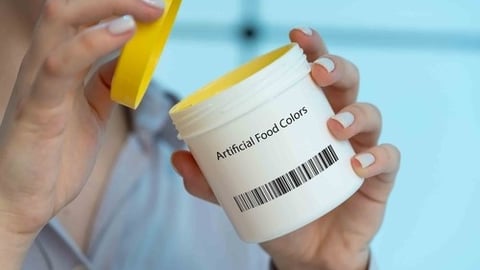Americans Want Greater Clarity, Standardization in Food Labeling
Global public health and safety organization NSF has issued key findings from a survey on the effectiveness of U.S. food labeling and its role in consumer decisions – and it turns out that an increasing number of American shoppers are paying close attention to what’s in their food.
“Health and wellness continue to be a focus for most consumers, and with the growing popularity of label-review apps and lack of critical food labeling information in e-commerce, NSF’s research demonstrates that many consumers are reading labels with a more critical eye,” said Michelle Anstey, regulatory manager at Ann Arbor, Mich.-based NSF. “The food industry must respond to these evolving consumer demands, prioritizing more transparent, accessible and reliable labeling practices as regulations are updated and introduced.”
[RELATED: Evolving Shopping Experiences for the Health-Conscious Consumer]
The organization’s research, based on a survey of 1,000 Americans, identified several challenges in this area, among them a lack of confidence in food labels, desired improvements in labeling and the need for standardized sustainability metrics:
Labels are important: 83% of U.S. consumers read food labels before deciding to buy a product, with 64% paying more attention to labels versus five years ago. When reading food labels, adults first check the expiration date (86%), ingredients list (79%), health claims (78%), allergen warnings (77%) and country of origin (77%)
Simultaneously, confidence is low: Just 16% of adults believe health claims are trustworthy, and only 37% think U.S. food labeling is better than other countries’ labeling.
Consumers want better labels: One in five have difficulty figuring out the nutritional information on food labels. Respondents said that they want to see more detailed processing information (82%) and comprehensive allergen information (80%) on the food they’re buying.
Sustainability is a major concern: 67% think that sustainability factors are important in food purchasing decisions, but only 39% believe that current food labels sufficiently address sustainability, while 69% would like to see ethical sourcing information on product labels.
“NSF’s consumer survey results point us in the right direction as we revisit and improve food labeling in 2025,” continued Anstey. “By improving transparency and standardization, we can better communicate with consumers and support a more sustainable, trustworthy food supply chain.”
Recent regulations emphasize the growing consumer criticism of food labels, including the recent FDA ban of Red Dye No. 3 and the agency’s proposed rule requiring front-of-package nutritional information.
NSF validates such health claims as organic, non-GMO, gluten-free, plant-based and raised without antibiotics, helping businesses differentiate their products while increasing sales.






